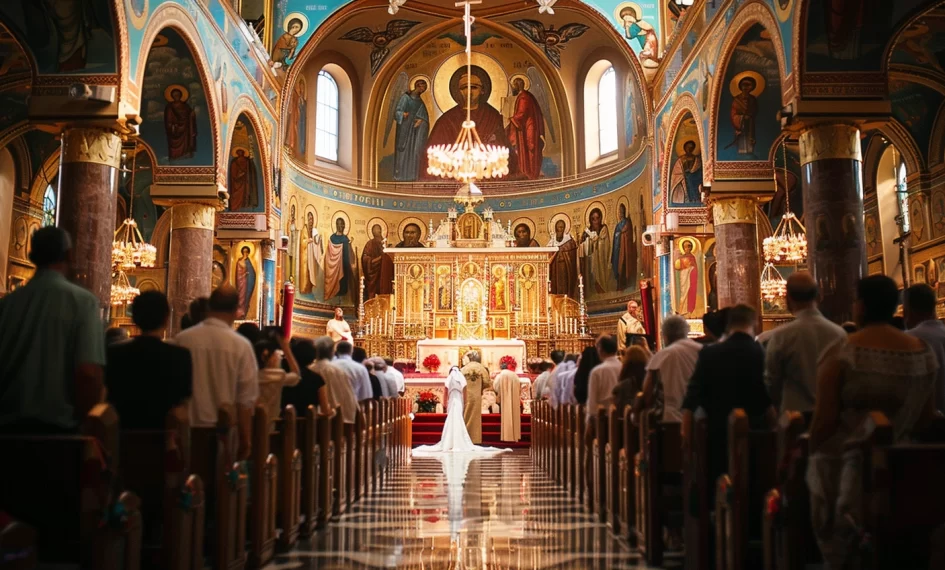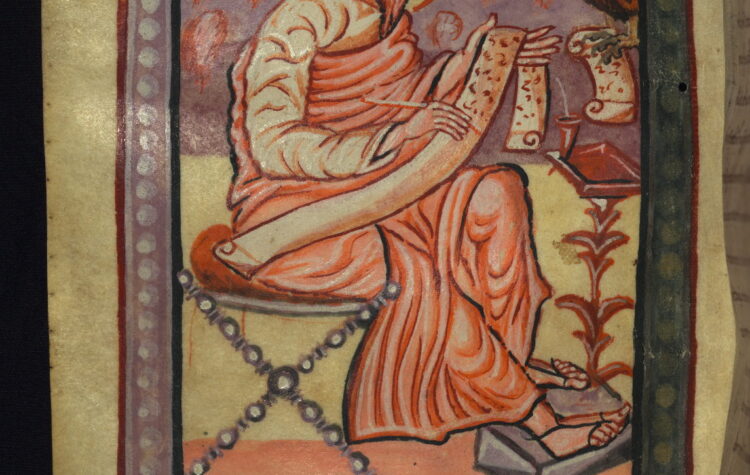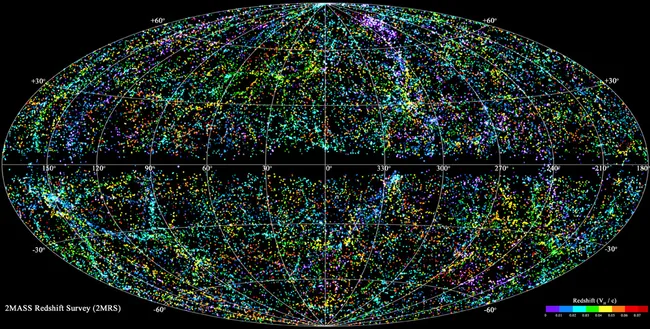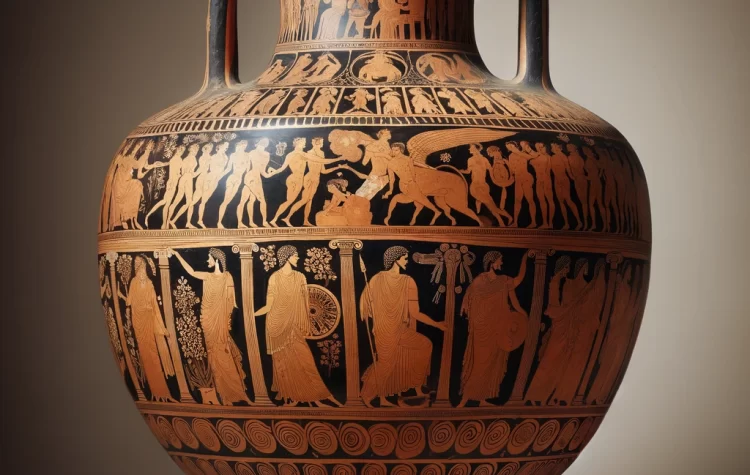Definition:
Liturgy refers to the set pattern of public worship, the rituals, ceremonies, prayers, and sacraments conducted by religious communities, particularly in Christian contexts. It encompasses the specific forms and arrangements of services prescribed by a religious tradition, including the Eucharist, baptism, and other rites. Liturgy aims to create a communal expression of faith, allowing participants to connect with the divine, commemorate sacred mysteries, and reflect on core spiritual beliefs.
Etymology & Origin:
The term “liturgy” comes from the Greek “leitourgia,” which means “public service” or “work of the people.” Originally, it referred to any public duty or service, but in Christian usage, it came to denote the prescribed form of public worship. The transition to this religious context underscores the communal and service-oriented nature of liturgical practices, emphasizing worship as a collective act of faith.
Examples:
- Christian Liturgy: The Mass in the Catholic Church, the Divine Liturgy in the Eastern Orthodox Church, and services in Protestant denominations each have distinct liturgical traditions, with specific prayers, hymns, and sequences of worship.
- Jewish Liturgy: Includes prayers and rituals such as the Shabbat services, the Passover Seder, and the daily recitation of prayers like the Shema and Amidah.
- Islamic Liturgy: While not termed as such, practices such as the five daily prayers (Salah), the Friday congregational prayer (Jumu’ah), and the recitation of the Quran during Ramadan reflect structured forms of worship that serve similar functions to liturgy in promoting communal worship and individual devotion.



